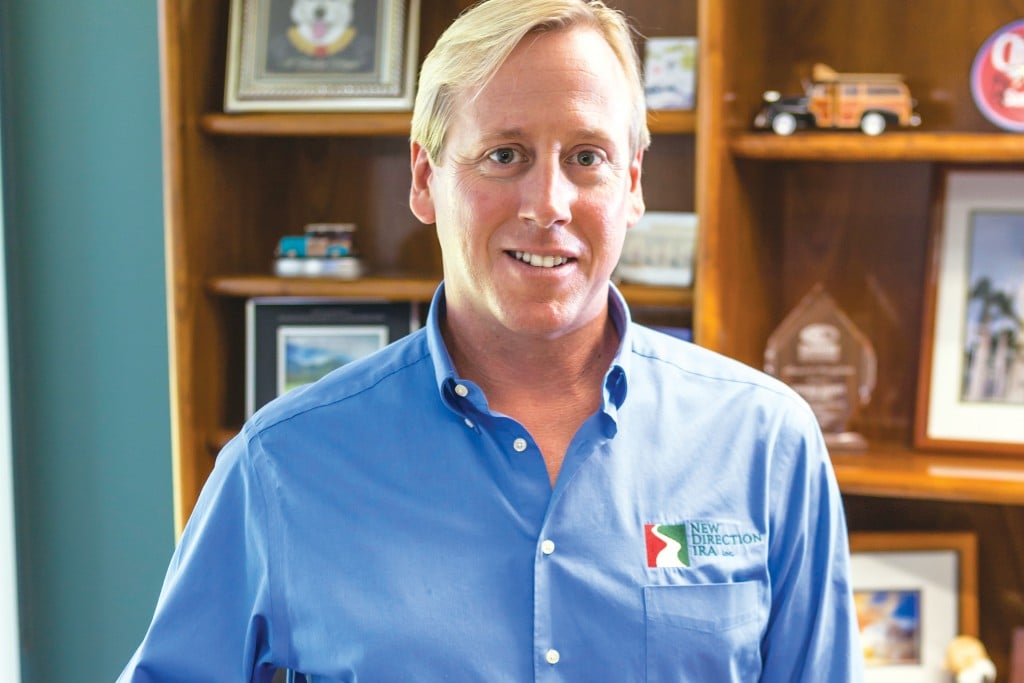Not Your Everyday IRA

Ever wondered why your IRA only invests in publicly traded securities, such as stocks, bonds and mutual funds? What about other investments: precious metals, derivatives, mortgages, business loans and real estate?
Dan Falardeau, president of New Directions IRA, says the main reason these aren’t in your portfolio is because the company that administers your traditional or Roth IRA can’t make a commission buying and selling them to you. If you want alternative investments for your retirement funds, you must use something called a Self-Directed IRA, or SDI.
IRAs, of course, are retirement accounts that allow you to invest pretax income and avoid taxes on the investment income until you start to withdraw funds after age 59 and a half. With a Roth IRA, you invest after-tax income, but avoid taxes on the investment income and on the disbursements after you retire. Those tax advantages come with restrictions. For example, an SDI prohibits various kinds of self-dealing, including using your SDI to buy a property that you will live in or use for vacations.
To keep that hands-off status, you need an independent company to serve as custodian or administrator of your SDI, just as you do for any other IRA. New Directions, with about 500 clients and nearly $50 million in assets under management, is the only Hawaii company that administers SDIs, Falardeau says. Unlike a brokerage house, though, New Directions doesn’t sell any products or offer its clients financial advice. “We’re just the administrator for their accounts,” Falardeau says. “We don’t tell them what they should or shouldn’t invest in. The clients are in control of their investments.” Not surprisingly, a lot of those clients want to invest in real estate.
Falardeau explains how it works: “If you have an IRA worth $100,000 and you buy a $100,000 property, the IRA is on the title to that property and the rent check is written to the IRA. So, if you had $1,000 a month in rent, in a year you’d have $12,000 growth in your account. And if you owned the property for 10 years, there’s an extra $120,000 in your IRA when you sell the property. Plus the appreciation.”
Bought Koa Trees
As Falardeau points out, that kind of transaction often makes more sense to local investors than stocks and bonds. Charlene Bell, an Aiea-based psychologist and a client of New Directions, converted her Roth IRA to an SDI so she could invest in a rental condominium in Hilo. “I was hesitant at first,” she says, “but now my account earns $600 to $700 a month in rent.”
To give you an idea of the flexibility of SDIs, Bell also converted her SEP – a type of IRA popular with self-employed people – to an SDI so she could invest in timber. She now owns a couple of lots of koa trees on Hawaii Island.
According to Scott Higashi, executive VP at Prudential Locations, several local Realtors have also taken advantage of SDIs, both for themselves and for their clients. One popular investment has been to use SDI funds to purchase the fee holding on remnant leasehold properties. With good timing, the lease can end close to when retirement income is needed. “It works well for leased fee transactions,” Higashi says, “because the timing restrictions mesh well.”
SDIs also mesh with local preferences. “A lot of folks here are diligent savers,” Higashi says. “But many interested in real estate investment might not have any cash outside their retirement savings.” An SDI allows them to take advantage of these funds. Other investors use their SDIs to invest in everything from tax liens to business loans. Falardeau says New Directions IRA can help accommodate almost any investment strategy.
Though New Directions is the only local company that administers SDIs, there are many mainland custodians that offer similar services. Experienced investors, like Bell, recommend comparing services and fees before choosing your administrator. It’s even possible to create an SDI through Internet peer-to-peer lending services, such as Prosper.com or LendingClub.com, which also give less wealthy investors an opportunity to diversify their portfolios by lending to many small borrowers instead of relying on one large investment.






